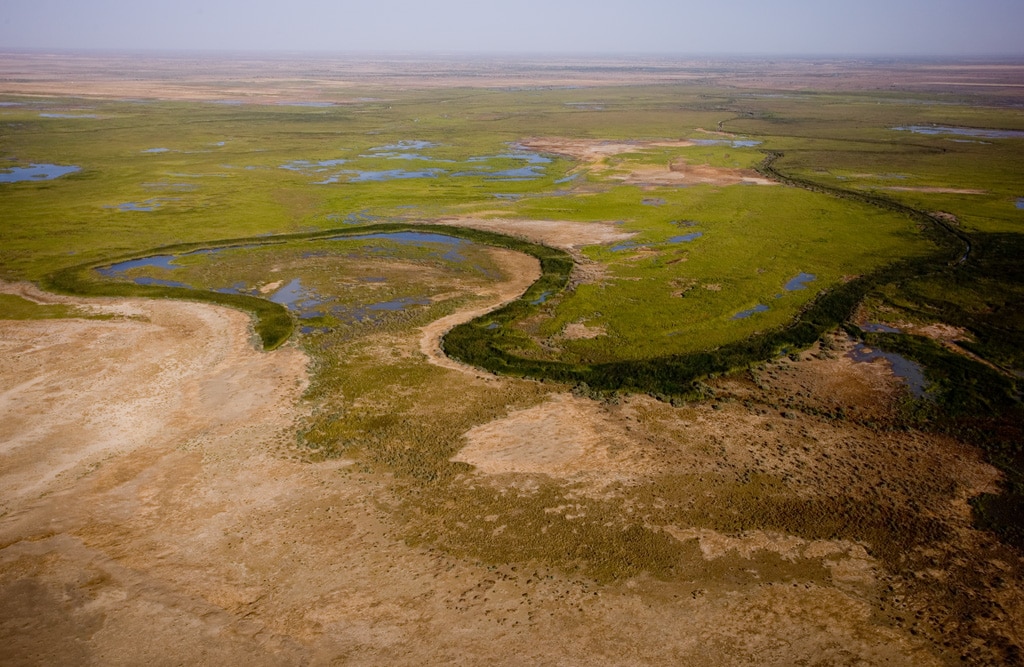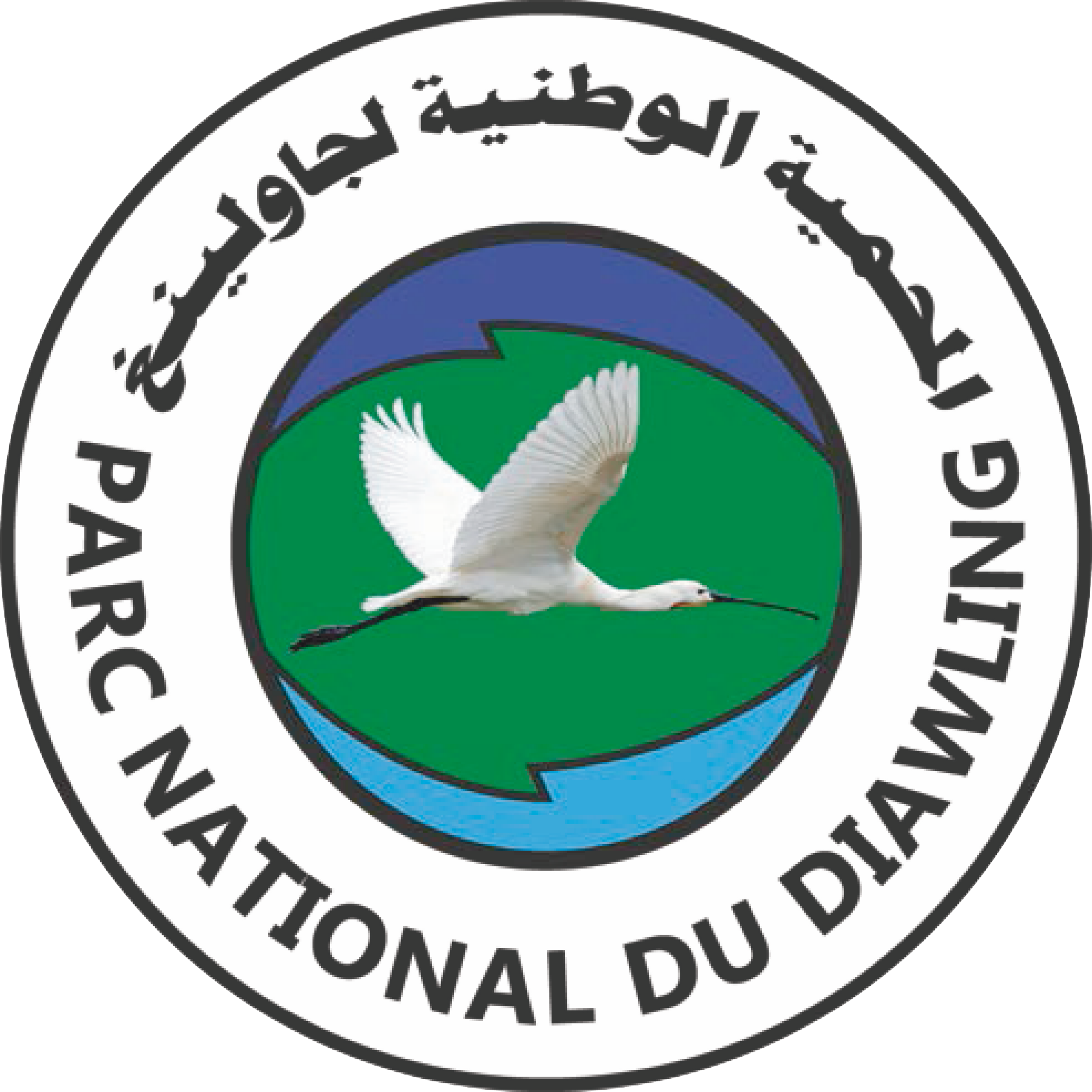History of the PND
The history of Diawling National Park is closely linked to modification of the environment with a complex, ambitious and long-term objective of artificial restoration of flood cycles.

Until the 60s, the wetlands of the lower delta of the Senegal River were recognized as among the largest and richest in West Africa. These areas, seat of a alternation between fresh water from the river flood and marine waters, favored the development of rich biodiversity. Traditional operating systems contributed significantly to the livelihood of thousands of people which then depended closely and almost exclusively on the use of the natural resources of these ecosystems.

From the 70s, ecosystems were considerably modified following significant variations in climatic conditions, particularly with the occurrence of waves of drought.
The environmental impact study prior to the construction of the Diama and Manantali dams, financed by USAID, recommended the creation of a protected area (artificial estuary) to compensate for the negative effects of the dam and the development of environmentally friendly activities for the benefit of the populations.
Added to the droughts are the consequences of the construction on the Senegal River of the Manantali dam (Mali), the Diama dam (border between Senegal and Mauritania) and annexes which have totally artificialized and dried up the old flood plains of the river by preventing the seasonal supply of fresh water during the flood period.
The Diama dam, located near the mouth of the river and commissioned in 1986, was intended to prevent the intrusion of marine salt tongue, and to allow raise the level of the river, thus promoting the development of rice cultivation over an area of 375 ha. Upstream, the Manantali dam, built on the Bafing River which supplies approximately half of the volumes of water passing through the river, was commissioned in 1987. With its storage capacity equivalent to approximately one year of average flow of the Bafing River (12 billion m3), the Manantali dam affects the entire course of the river from Manantali to Diama. This dam aims to generate 800 Gwh of hydroelectric energy per year and regulate river flows Senegal. In addition, these two dams should guarantee the navigability of the river over an 800 km long stretch.
THEIUCN facilitates dialogue between several PTFs on management options for the lower delta and launches Technical Studies for Ecological Restoration.
In order to mitigate the negative impacts of hydro-agricultural developments and strengthen the resilience of local populations, the Mauritanian Government decided in 1991 to establish 16.000 ha of these former flood lands as a National Park, giving rise to the Diawling National Park (PND) on the right bank of the Senegal River.
Regeneration of ecosystems : The ecosystems regained a large part of their functions from 1997 thanks to the numerous restoration actions undertaken.
Resumption of socio-economic activities : Generally speaking, the better availability of natural resources in the few sites favored by the developments of the Park has enabled the natives to gradually resume all their past activities of fishing, breeding and gathering, with the introduction of a new income-generating activity in the peripheral area of the park, market gardening.
Publication Journal “Bird Conservation International 2012”
Since 2015, BACoMaB has supported the park in the execution of its PAG → Improvement of monitoring, protocols and monitoring methods of the park
Formalization of four Trade Unions representing the major trades using the natural resources of the Park and its periphery (Fishing, Livestock, Crafts, Market Gardening)
